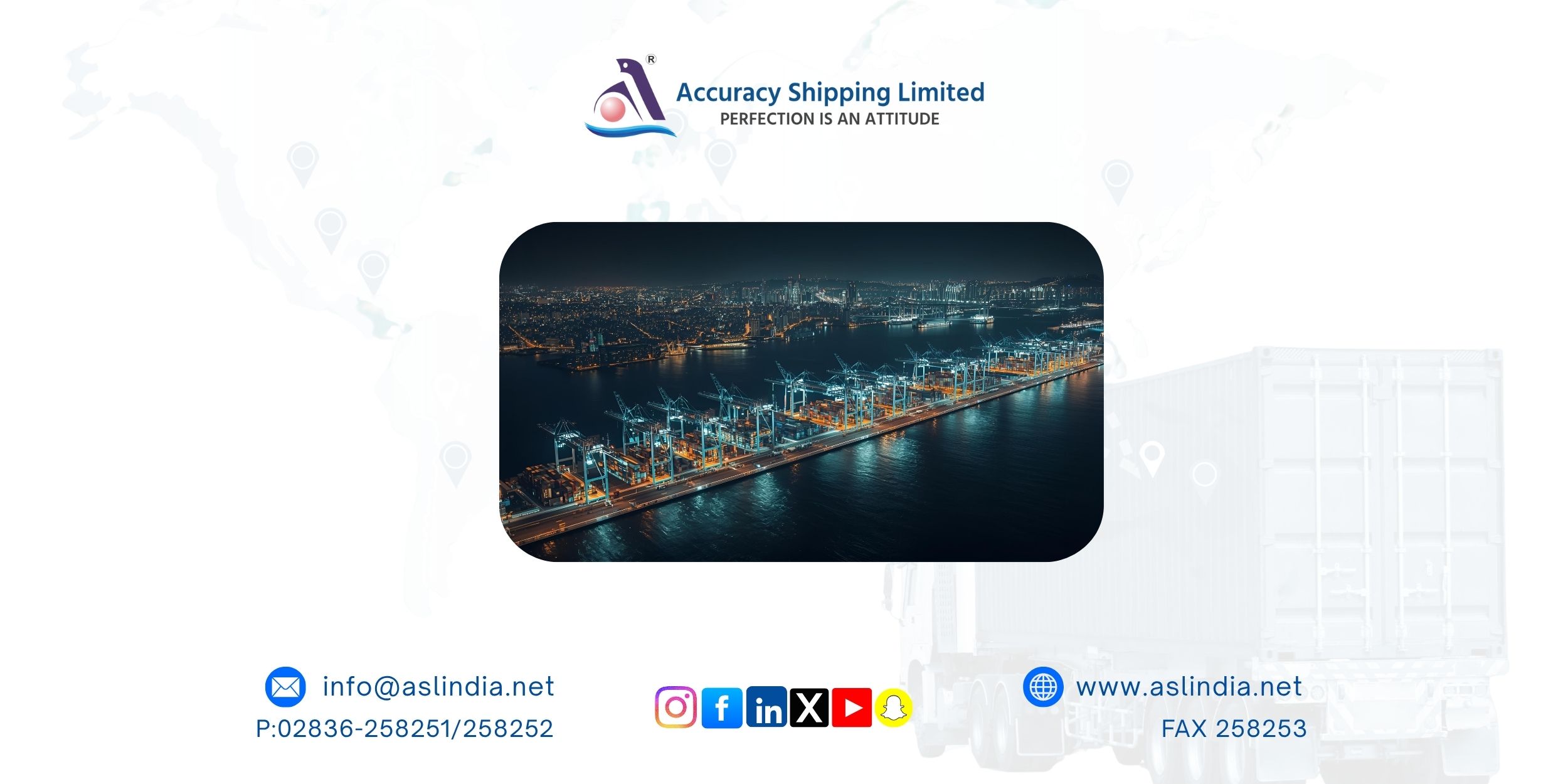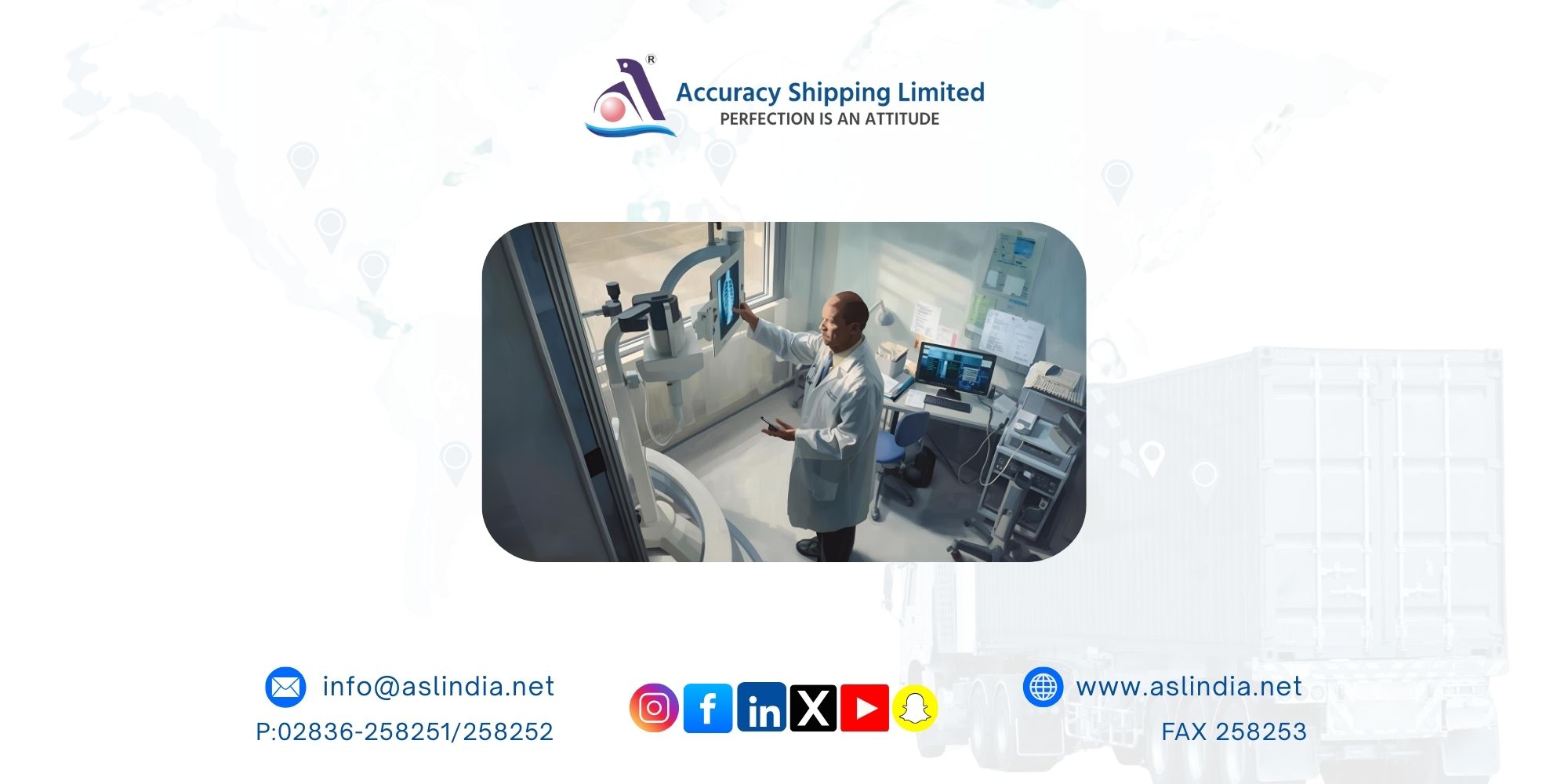Govt exploring tax, policy interventions to boost maritime sector: Sonowal

India’s maritime sector is set for a major transformation, with the Union government unveiling a multi-pronged strategy to strengthen shipbuilding, shipping, and port infrastructure. Union Minister for Ports, Shipping, and Waterways, Sarbananda Sonowal, announced that the government is “actively exploring” tax and policy interventions alongside a newly approved ₹70,000 crore package aimed at boosting shipbuilding and allied industries.
Transforming India into a Global Maritime Powerhouse
According to Sonowal, the vision is to turn India into a “design-build-finance-own-repair-recycle powerhouse” in the global maritime economy. The initiative seeks to ensure that a larger share of India’s export-import cargo is carried on Indian-built, Indian-owned vessels. This, he said, will enhance long-term competitiveness while addressing operational inefficiencies.
Implementation Roadmap
The government has laid out a phased implementation plan for the scheme:
Year 1: Launch of a Maritime Development Fund, updated shipbuilding assistance guidelines, and a ship-breaking credit-note framework.
12–24 months: Growth in order books, commissioning of brownfield expansions, and development of vendor parks.
Year 3: The first shipbuilding cluster Special Purpose Vehicle (SPV) expected to reach advanced development.
Over 5–6 years: Greenfield cluster berths and integrated facilities to begin operations, driving significant growth in India’s shipbuilding output.
The schemes will remain open for new commitments until March 2036.
Policy and Tax Reforms Under Consideration
To further strengthen the maritime ecosystem, the government is examining industry demands for:
Tax incentives and reforms related to vessel registration.
Support for Maintenance, Repair, and Overhaul (MRO) services.
Revisions to Tax Deducted at Source (TDS) for maritime professionals.
Boost for domestic manufacturing of marine-grade steel.
Sonowal also highlighted rising global interest from East Asia and Europe, with shipbuilders, propulsion majors, and system suppliers exploring opportunities in India. Many discussions, particularly around next-generation fuels such as LNG, methanol, and ammonia, have already reached the Expression of Interest stage.
Port Development Pipeline
Alongside shipbuilding, port development forms a critical pillar of the government’s maritime vision. A robust pipeline of Public-Private Partnership (PPP) projects has been lined up, expected to add about 630 million tonnes per annum (mtpa) of capacity.
Currently, over 60% of major port cargo is handled through PPPs, and by 2030, capacity is projected to exceed 3,500 mtpa, with PPPs handling 80% of the cargo. Seven deep-draft mega ports are also expected to become fully operational by the end of the decade.
Sonowal added that the overall project pipeline to 2030 represents over ₹1 lakh crore of PPP investments, covering mechanisation, berth development, and green port initiatives. A notable addition is the upcoming Bahuda port in Odisha, with an estimated investment of ₹21,500 crore.
Outlook
The combination of tax reforms, policy interventions, and large-scale investments signals a strong push to make India a global maritime leader. With its ambitious roadmap, the government aims to not only boost shipbuilding and port capacity but also foster innovation in green fuels and advanced maritime technologies.







